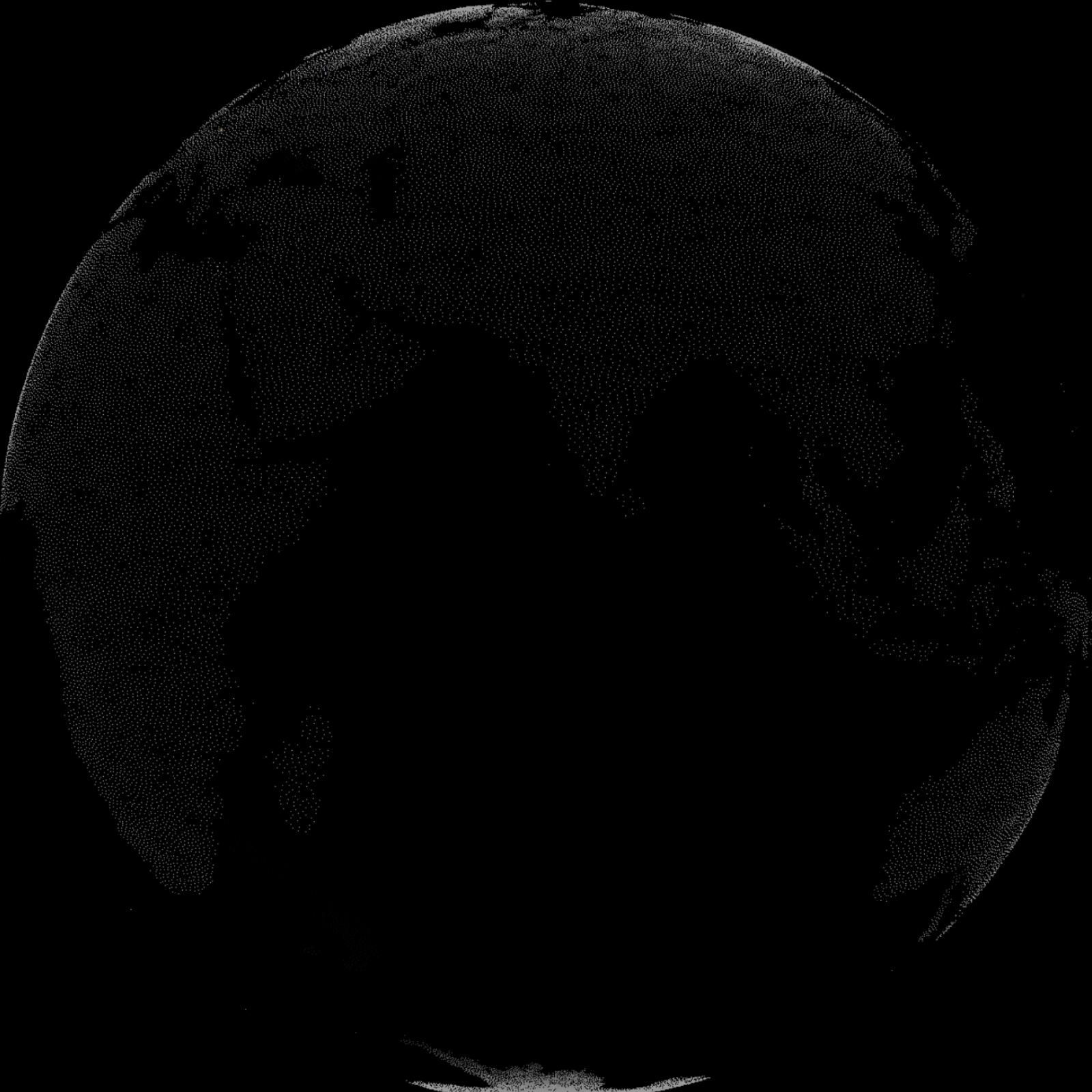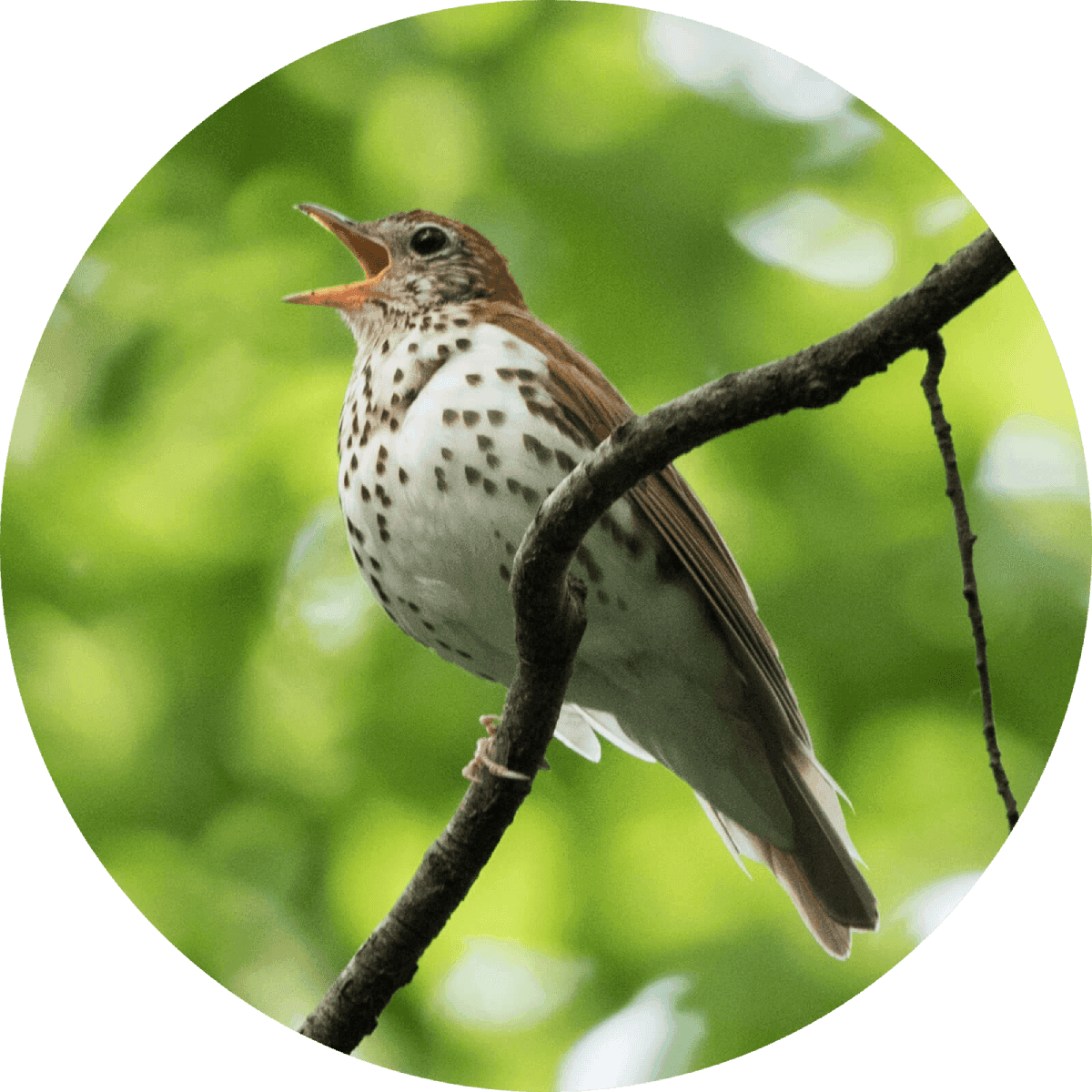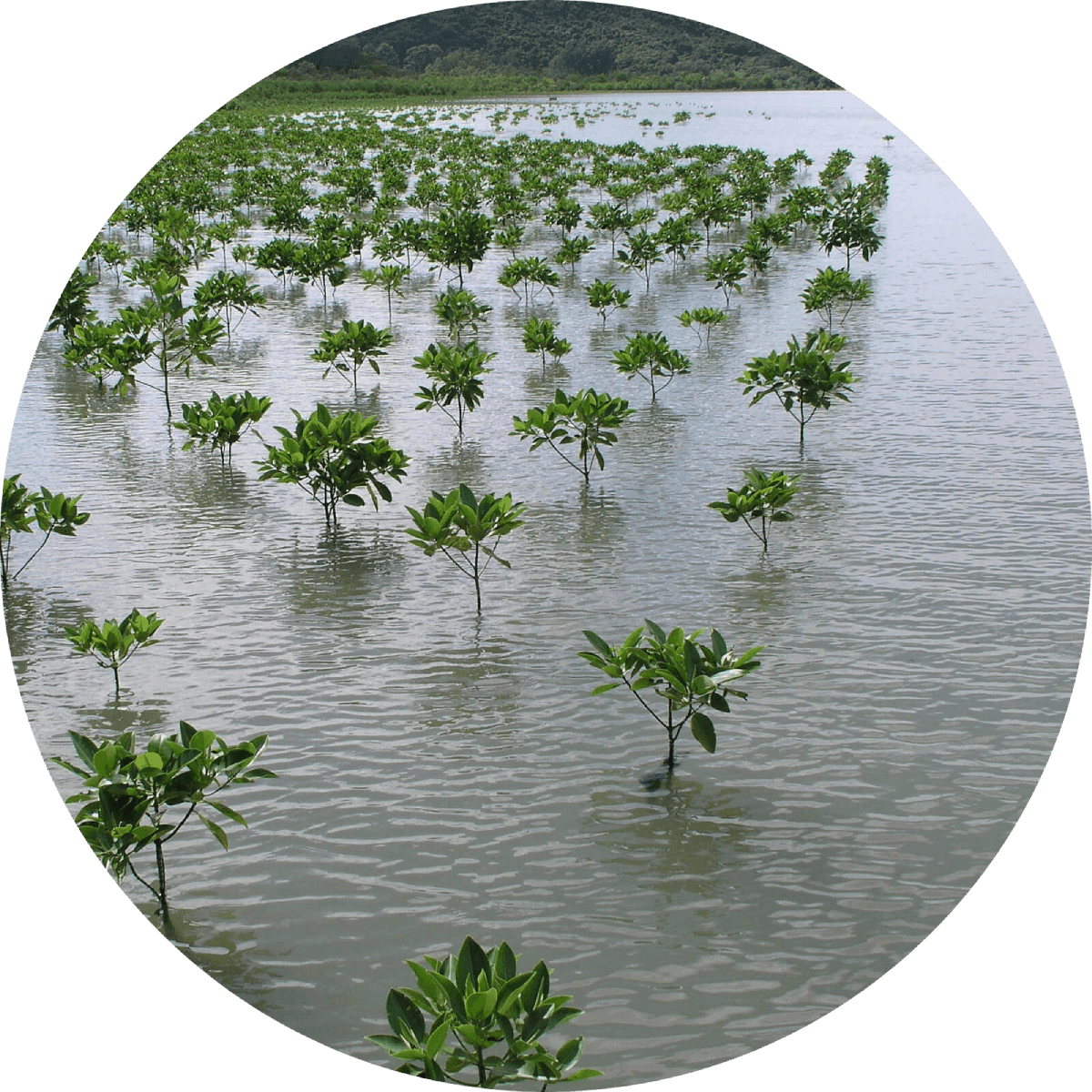"Giraffe numbers have increased across Africa, new research shows, a rare spot of good news in the conservation world. According to a recent analysis of survey data from across the African continent, the total giraffe population is now around 117,000, approximately 20 percent higher than it was thought to be in 2015, when the last major survey was published."
"This is a very sad day for the community of Ijara and Kenya as a whole. We are the only community in the world who are custodians of the white giraffe."
"Scientists have declared a subspecies of giraffe endangered. The International Union for Conservation of Nature (IUCN) [announced] that Masai giraffes, a subspecies spread throughout Kenya and Tanzania, are now endangered, primarily because of poaching and changes in land use. There are an estimated 35,000 Masai giraffes remaining, but their population has fallen by nearly 50 percent in the last three decades. Africa’s overall giraffe population has decreased by up to 40 percent in that same timeframe."
"A dramatic drop in giraffe populations over the past 30 years has seen the world's tallest land mammal classified as vulnerable to extinction. Numbers have gone from around 155,000 in 1985 to 97,000 in 2015 according to the International Union for the Conservation of Nature (IUCN). The iconic animal has declined because of habitat loss, poaching and civil unrest in many parts of Africa. Some populations are growing, mainly in southern parts of the continent. Until now, the conservation status of giraffes was considered of "least concern" by the IUCN. However in their latest global Red List of threatened species, the ungainly animal is now said to be "vulnerable", meaning that over three generations, the population has declined by more that 30%."
“Congolese usually kill the giraffes for one body part: their tails, considered a status symbol in some communities. Meanwhile men from neighboring South Sudan target the giraffes for their meat to feed impoverished villagers. But the massive bodies (giraffes can grow to 18 feet and weigh up to 3,000 pounds) of the three giraffes were intact —only the ends of their tails were missing. According to Leon Lamprecht, joint operations director for African Parks, men “use the tail as a dowry to the bride’s father if they want to ask for the hand of a bride.” The long black hairs are often turned into fly whisks.”
“Whilst giraffes are commonly seen on safari, in the media and in zoos, people — including conservationists — are unaware that these majestic animals are undergoing a silent extinction,” IUCN co-Chairman Julian Fennessy, was quoted as saying. “With a decline of almost 40% in the last three decades alone, the world’s tallest animal is under severe pressure in some of its core ranges across East, Central and West Africa. As one of the world’s most iconic animals, it is timely that we stick our neck out for the giraffe before it is too late.”
“Operation Twiga was a joint initiative of the Uganda Wildlife Authority, Uganda Wildlife Education Centre, GCF . . . During a three-week period, a herd of endangered Rothschild’s giraffe was translocated from the northern part of Murchison Falls National Park across the River Nile to the southern part of the Park. We currently estimate that there are only less than 1,500 Rothschild’s giraffe remaining in the wild and at least 1,250 of these are living in the northern part of Murchison Falls National Park in Uganda. This high-risk scenario is exacerbated by increasing mining pressure as oil has been discovered in the core giraffe range within the Park.”
“Efforts deployed by the government to protect the giraffes have borne fruit as their population has increased from about 50 in 1996 to 310 in 2011,” the ministry said quoting the result of the latest census. The giraffes — 146 males and 164 females — live in the vicinity of Koure, a little over an hour by road from the capital Niamey. The Association to Safeguard the Giraffes of Niger (ASGN), a non-governmental organisation which works along with the French zoo of Doue La Fontaine, has set up community projects in the area to encourage the local population to preserve the giraffes.
“In 1933, the first Conference for the Protection of the Fauna and Flora of Africa was held in London. Soon countries were setting aside reserves and parks for their wildlife and punishing poachers more or less severely. Even today, however, giraffe can be legally shot by tourists in Zimbabwe, South Africa and Namibia.”
“This wonderful and harmless animal is being completely annihilated. With sad, melancholy, wondering eyes the giraffe seems to peer into the world of the present, where there is room for it no longer. Whoever has seen the expression in those eyes, an expression which has been immortalised by poets in song and ballad for thousands of years, will not easily forget it.” - C.G. Shillings, photographer and hunter
“If they killed 6,000 lions in the Transvaal before existence was made safe, they may have killed 60,000 of the innocent, gracefull giraffes. In the early days of South Asfrican history the giraffe was the most abundant game in the Transvaal, Matabel[el]and and Orange Free State, but the creature has been killed off like our American buffalo, and the few remaining representatives of a noble race gradually driven north . . . The extinxtion of the animal in South Africa is now threatened, and its preservation by legislation comes when it is almost too late.” - G.E.W., Scientific American
“For many days past we have seen large herds of giraffes and many antelopes on the opposite side of the river, about two miles distant . . . This day a herd of twenty-eight giraffes tantalized me by descending a short distance below the level flats, and I was tempted at all hazards across the river. Accordingly preparations were immediately made for a start . . . The Arabs were full of mettle, as their minds were fixed upon giraffe venison.”
“Brink’s expedition to Great Namaqualand in 1761, who found giraffes soon after crossing the Great River and shot several. Tulbagh, the Dutch governor of the Cape Colony, sent the skin of one of these giraffes to the museum of the University of Leiden; it was the first taken to Europe from South Africa.”
“They have also many giraffes. This is a beautiful creature, and I must give you a description of it. Its body is short and somewhat sloped to the rear, for its hind legs are short whilst the fore-legs and the neck are both very long, and thus its head stands about three paces from the ground. The head is small and the animal is not at all mischievous. Its colour is all red and white in round spits, and it is really a beautiful object.”


Learn about Maya Lin’s fifth and final memorial: a multi-platform science based artwork that presents an ecological history of our world - past, present, and future.

Discover ecological histories and stories of former abundance, loss, and recovery on the map of memory.

Learn how we can reduce our emissions and protect and restore species and habitats – around the world.

See how art can help us rethink the problems we face, and give us hope that each one of us can make a difference.

Help make a global memorial something personal and close to home. Share your stories of the natural world.